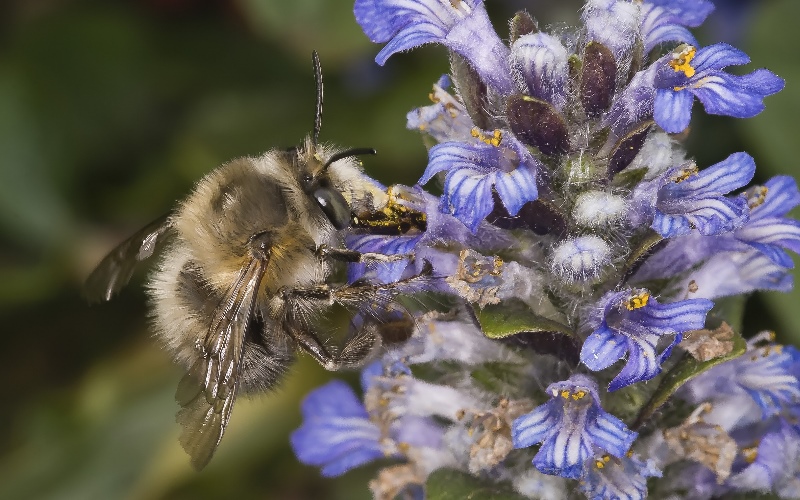

How to attract pollinating insects that take care of our gardens
Learn, from a network of experts, how to transform every little corner into an oasis and promote biodiversity, from birds and amphibians to bats and bees. The entomologists, Renata Santo and Albano Soares, talked to us about the importance of pollinators and what we can do to counteract the decline in bees and other insects that are so vital for the future of life on Earth. This is the fourth article of the “Gardens for Wildlife” series, a partnership between Wilder magazine and the Calouste Gulbenkian Foundation.
Many animals around the world, including bats, birds and lizards, play an important role in the reproduction of wild plants. In Portugal and other European countries, this is a task that is essentially carried out by insects, explain Renata Santos and Albano Soares.
The two researchers, linked to Tagis – the Centre for the Conservation of Butterflies of Portugal, gave a guided tour during one of the “Gardens for Wildlife” visits to the Gulbenkian Garden on the 8th of May, when they explained how to best prepare green areas for pollinating insects.
Scientists estimate that, overall, 87.5% of the 352,000 species of flowering plants, resort to pollination by animals, whereby animals transport pollen grains from one plant to another. Most of these plants could, in fact, self-pollinate, as they have both male and female sexual organs. However, resorting to self-pollination would mean “they would end up losing the genetic diversity that results from exchanges with other individuals”, notes Renata Santos, who warns that on the long term “many species could become extinct”.
Also, it’s not just wild plants that need pollinators. Some of the main human foods also rely on insects, such as “Tomatoes, Apple trees, Loquat trees, Almond trees, Strawberries…”, exemplifies Albano Soares.
Bees, Beetles and Wasps
So what insects are we talking about? First and foremost are bees, that are the insects that are mainly responsible for this task, pollinating 60 to 70% of flowering plants. Nevertheless, it doesn’t all revolve around the Honey bee (Apis mellifera), as there are a huge variety of bees in Portugal. 724 species of bees have been found to date, a number that should continue to grow. Of these, 90% are solitary, as opposed to Honey bees, Bumble bees and a few others that live in swarms.
However, regardless of whether they live alone or not, almost all bees are important pollinators, as their structures have evolved in order to transport pollen, essential food to feed other bees that are born. As they fly from flower to flower, they inevitably drop a few grains.

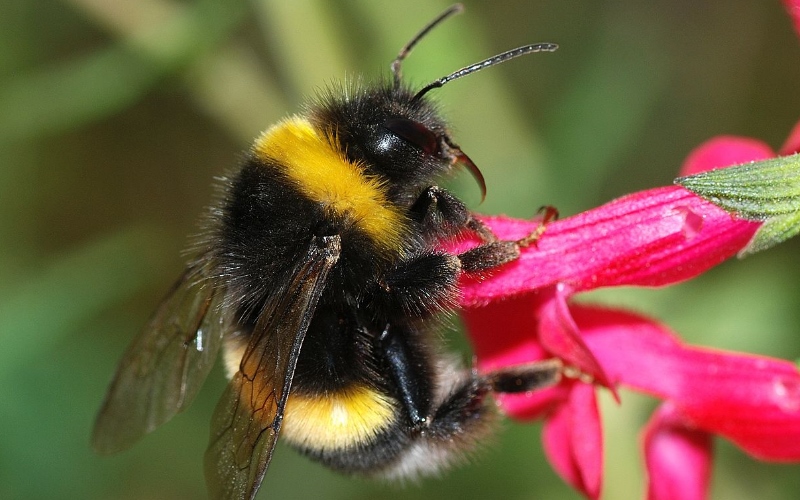
With Honey bees and Bumble bees (bees of the Bombus genus), for example, “if we look carefully, we can see pollen grains attached to their legs”, describes Albano Soares, who adds that “the pollen is either yellow, red or blue in colour, depending on the plant they come from”. These species have a concave part on their hind legs, called the corbicula, which is ideal for transporting pollen.
Most bees use a scopa, a brush-like structure made up of hairs attached to the hind legs or under the abdomen, which the pollen sticks to. Other swarms store pollen in a special organ of their digestive system or usurp the nests of other bees and are therefore less important for pollination.
However, there are many more insects that deserve our attention, according to the researchers. Flower flies, for example, belong to the dipteran group, same as House flies, but they feed on pollen and nectar. Portugal has 206 species of these mysterious flies, many of which imitate Wasps and Bees to scare away predators.
Just as effective are day and night- time butterflies, as well as several species of beetles, such as the Hairy flower beetle (Tropinota squalida). We also mustn’t forget Wasps and Lacewings as, despite the terrible reputation of the former, they are important pollinators and also help control herbivorous insect populations, emphasizes Renata Santos.
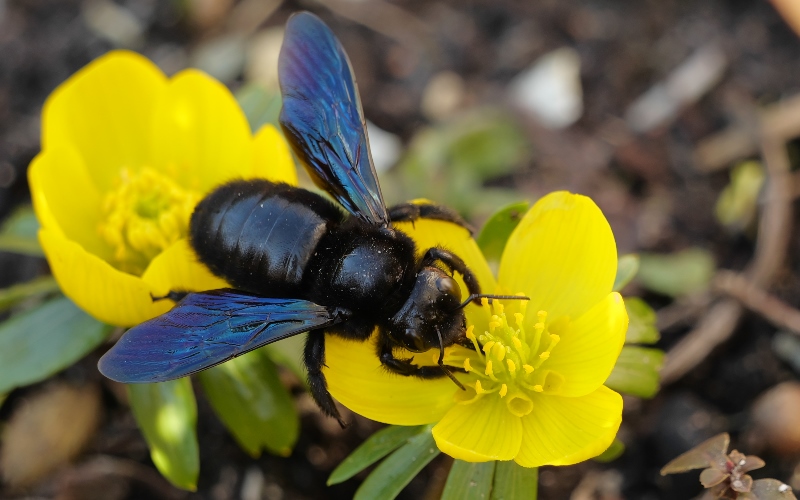
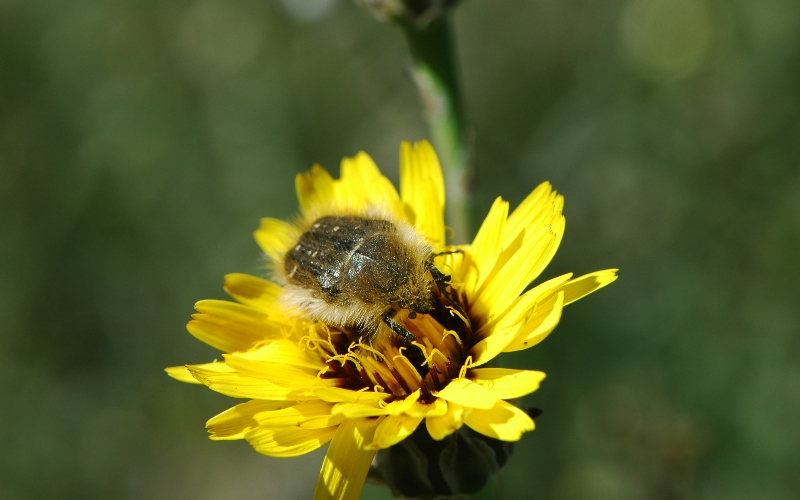
Plants for every season
So how can we attract pollinating insects to our green area, be it a garden, a terrace or a small balcony? Many are in worrying decline, threatened by environmental pollution, intensive agriculture, climate change and the use of pesticides – products that must always be avoided.
On the one hand, it’s important to find an area that is not constantly being raked, where spontaneous plants, often called weeds, are allowed to live. On the other hand, “we need plants that flower throughout the year, of different sizes, colours and shapes that will attract different pollinators”, underlines the researcher. Some varieties of Rosemary (Rosmarinus officinalis), he explains, “begin to flower in autumn, last all winter and go until spring”. Another good option is the Strawberry tree, which blooms in the autumn.
The nectariferous group of plants also includes other species of interest for pollinating insects. Among those that are native to Portugal are, Chicory (Chichorium intybus), Mint (Mentha spp.), Rosemary (Rosmarinus officinalis), Sage (Salvia officinalis), False Yellowhead (Dittrichia viscosa), Ewe (Plantago lanceolata) among others of the Plantago genus, Oregano (Origanum vulgare), Lavender (Lavandula pedunculata) and other Lavandulas (Lavandula spp.), as well as the Honeysuckle (Lonicera spp.), Sage-leaved Rock-rose (Cistus salvifolius), Golden thistle (Scolymus hispanicus), Bramble (Rubus ulmifolius) and Wild Thistle (Cynara humilis).
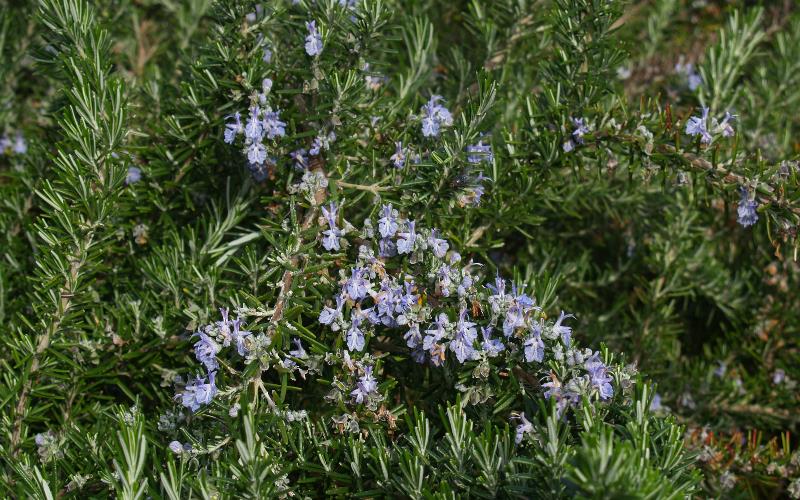
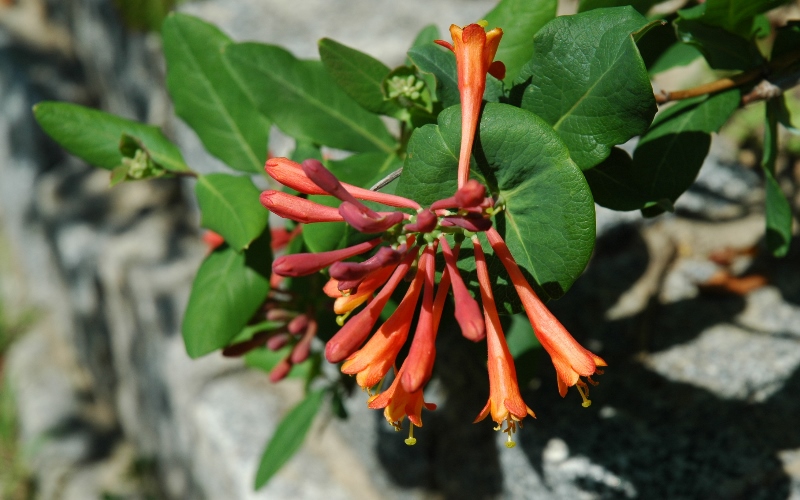
Also attractive are exotic species such as the Butterfly bush (Buddleja davidii) and Lantana (Lantana camara), although care must be taken with the latter, as it is considered an invasive plant.
Secondly, finding a place where bees and other insects can nest is important. For Carpenter bees that use dead wood for their nests, this could be an area with pieces or sticks of wood, while Miner bees need a little bit of bare soil.
You can also build a hotel for pollinators, making sure it’s too big, using hollow sticks of between 0.2 to 1.5 centimetres in diameter, 20 centimetres deep and free of any splinters, the two experts explain, although this will always just serve as a complement. “In the case of bees, a hotel would be useful for 20% of the species, those that use hollow branches to nest,” states Albano.
Last but not least, you must install a source of water, be it a pond or just a bowl of water, without forgetting to add some pebbles so that the insects can not only get in but also get out again.
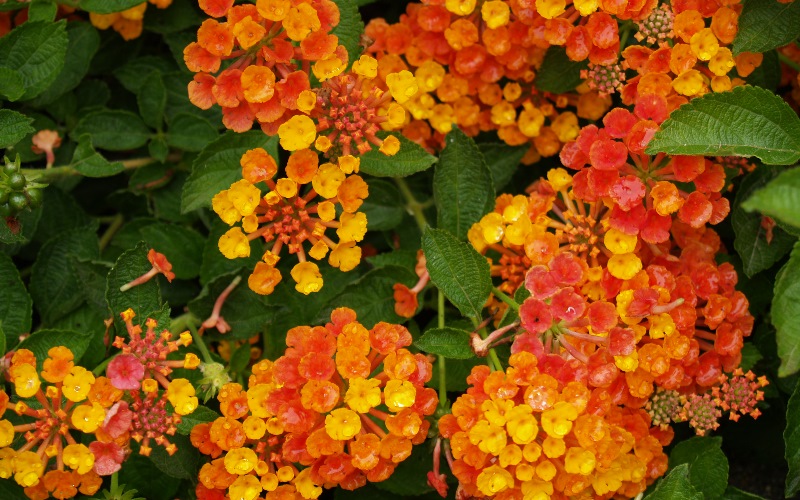
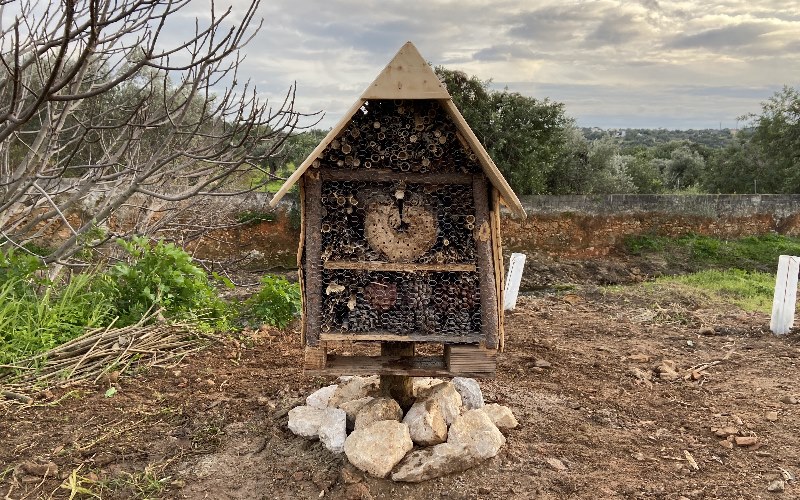
The next article will be devoted to amphibians and Dragonflies.
This article is part of the “Gardens for Wildlife” series, a partnership between Wilder magazine and the Calouste Gulbenkian Foundation.